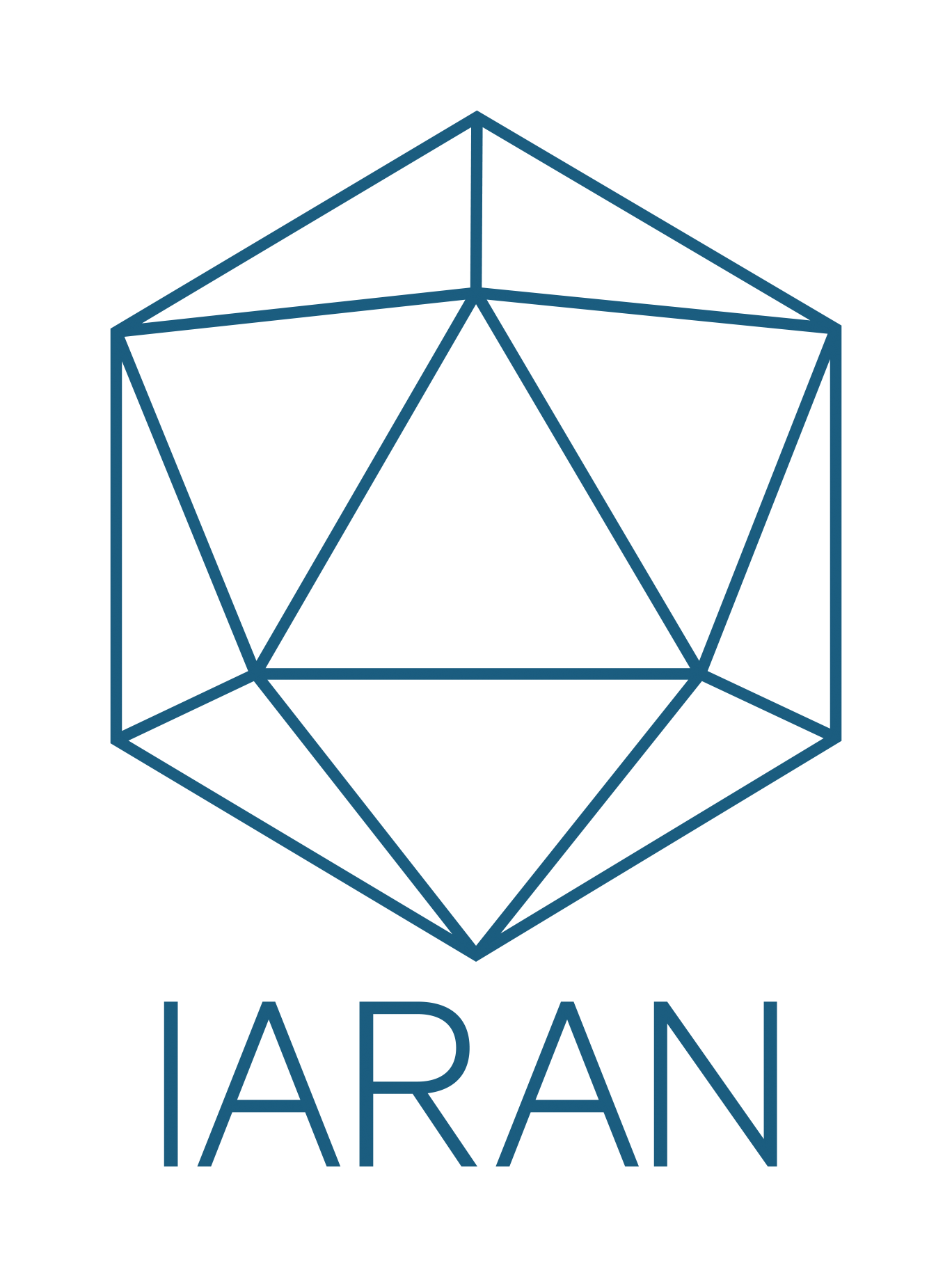The bulk of funding for global humanitarian action has been provided by the governments of Western countries or, more precisely, by the members of the Development Assistance Committee (DAC) of the OECD, who accounted for over 94% ($20.6 bn) of reported international humanitarian assistance from governments in 2017.
Driven by their growing contribution to the sector, the total financial inflow for humanitarian assistance has significantly increased over time, reaching a record high of US$28.9 billion in 2018. Despite this increase, there is a widening gap between available resources and humanitarian requirements,which are rising at an even faster pace. Indeed, humanitarian requirements in 2018 reached a record high of $28.1 billion. In contrast, in the last decade, on average, the international community met only two-thirds of the reported needs. Decisions on funding are highly political.
Key insights
Reflecting multi-polarity
Increasing proportion of private donors
Competition fosters creativity
